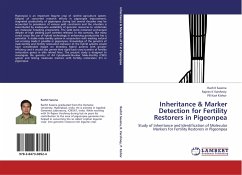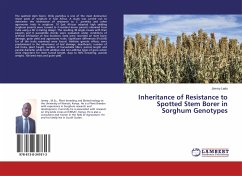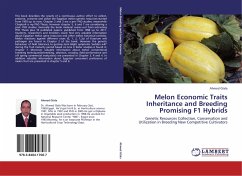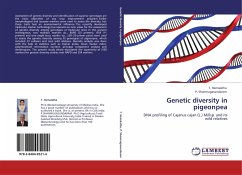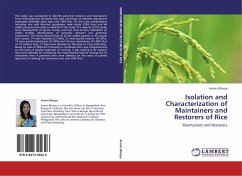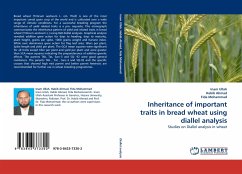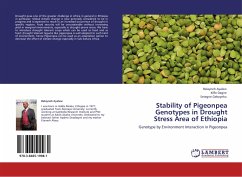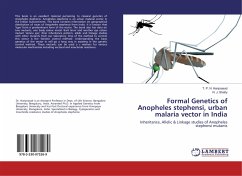Pigeonpea is an important legume crop of rainfed agriculture system. Despite of concerted research efforts in pigeonpea improvement, stagnated productivity of pigeonpea during last several decades may be accounted to prevalence of various yield constraints and the situation is exacerbated by inadequate availability of genomic resources to undertake any molecular breeding programme. The yield levels remained unchanged despite of high yielding pure varieties released. In this scenario, like many cereal crops the use of hybrid technology in enhancing productivity has a potential. A stable male-sterility system in conjunction with existing natural out-crossing made it possible in pigeonpea. Knowledge of the genetics of male-sterility and fertility restoration behavior of the hybrid systems would have considerable impact on breeding hybrid parents with greater efficiency and it would also permit their rapid back-cross transfer of fertility restoration genes in elite inbred lines. The present study is designed to investigate the genetics of A4 Cytoplasmic-Nuclear Male-Sterility (CMS) system and linking molecular markers with fertility restoration (Fr) in pigeonpea.
Bitte wählen Sie Ihr Anliegen aus.
Rechnungen
Retourenschein anfordern
Bestellstatus
Storno

